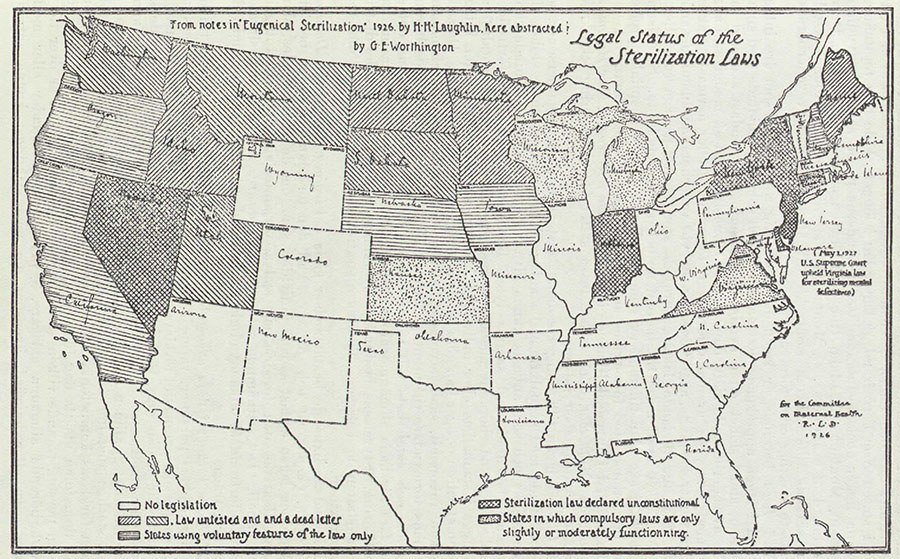On Immigration
Made up of many prominent Harvard academics, the Immigration Restriction League sought to “build a wall” long before folks the likes of Donald Trump did.
In 1917, the organization introduced a bill to Congress that would increase immigration restrictions. Specifically, league members wanted to limit the number of people from Southern and Eastern Europe entering the U.S. so that these immigrants would not have a “negative impact” on the gene pool.
The bill restricted anyone deemed to be the following from entering the U.S. at all: alcoholics, anarchists, contract laborers, criminals and convicts, epileptics, feebleminded persons, idiots, illiterates, imbeciles, insane persons, paupers, persons afflicted with contagious disease, persons being mentally or physically defective, persons with constitutional psychopathic inferiority, political radicals, polygamists, prostitutes, and vagrants.
The bill also proposed a literacy test for any immigrant who did not fall into one of the preceding categories and wanted to come to the U.S. The general public and Congress received the bill well, and it passed.

Wikimedia CommonsStatus of sterilization laws by state in 1929.
In certain states, those already living in the country with any of those “conditions” would be forcibly sterilized. Many lived out their lives in mental institutions. While the eugenics program initially eyed the mentally ill, “feeble-minded,” and criminally insane as its primary objects, the goal was that these efforts — whether it be sterilization or euthanasia — would extend to the “worthless race types,” namely, non-white races.






